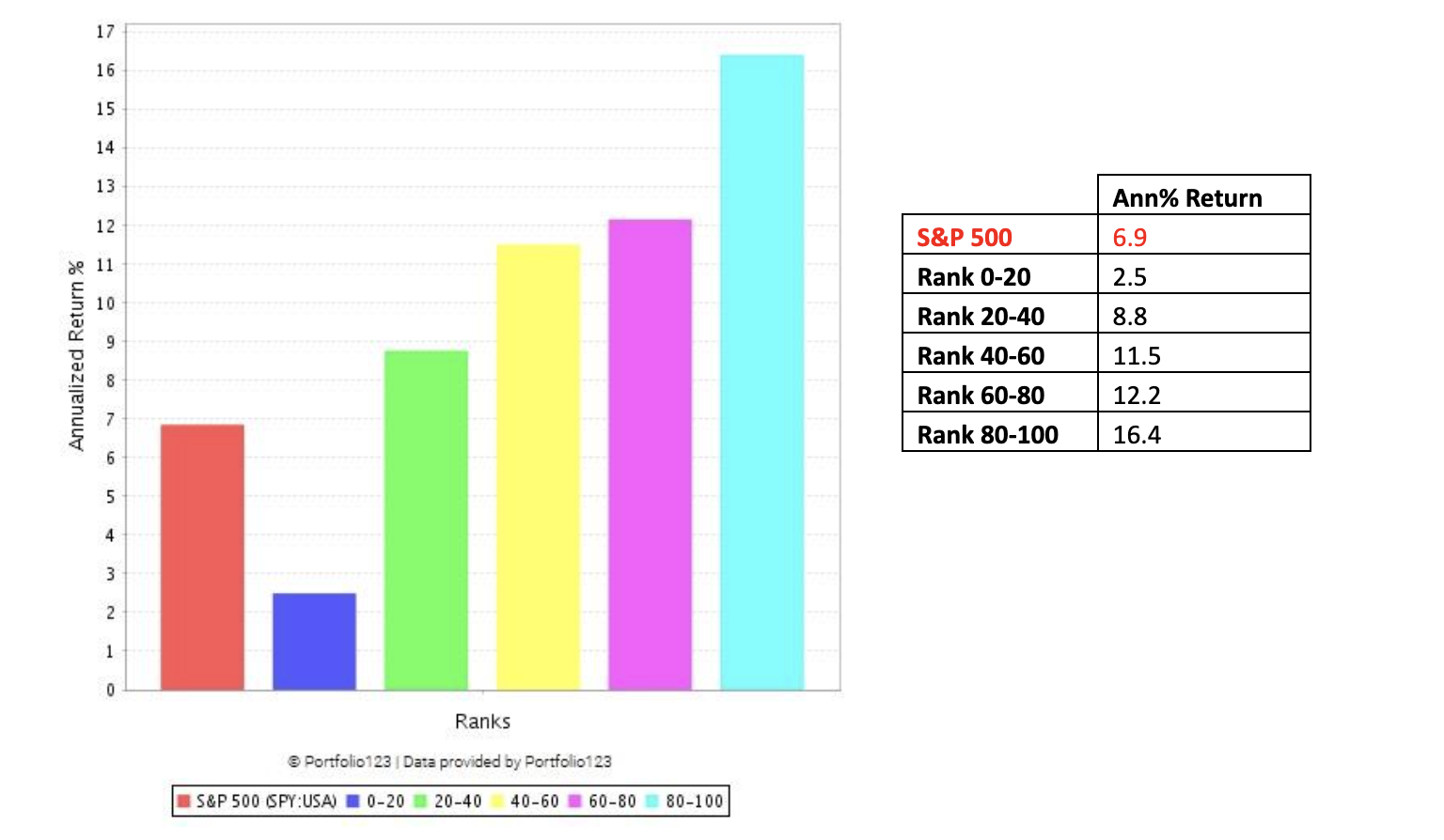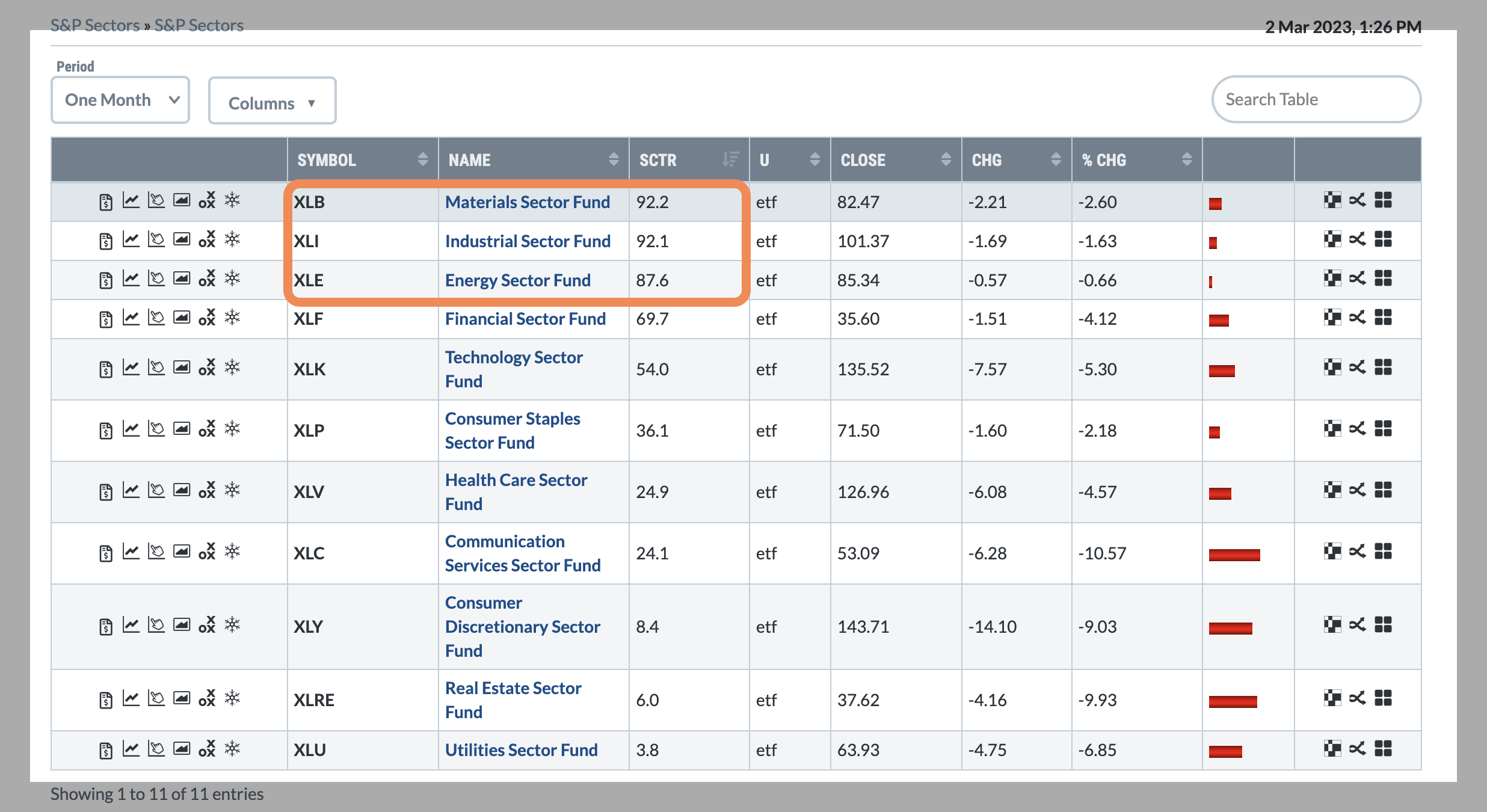Related Blogs
March 7, 2023 | Avalon Team
Dividends have historically been an important component of the overall stock market return. In fact, many investors view dividends as a crucial part of their investment strategy, particularly those who seek regular income from their investments.
Over the long term, dividends have contributed a significant portion of the total return for many stocks. According to a study by Hartford Funds, dividends accounted for approximately 42% of the total return for the S&P 500 Index from 1930 to 2020.
This means that almost half of the return from investing in the stock market has come from dividends. It’s why they’re so important to investors, and why they should be a consideration when building an investment portfolio.
While stock prices can be volatile in the short term, dividends can provide a steady stream of income that can help offset the impact of market fluctuations.
Additionally, companies that pay consistent and growing dividends often have a track record of financial stability and profitability, which can be attractive to investors seeking quality companies to invest in.
But today’s dividend investor is facing some challenges that they have not had to deal with for decades.
The Challenge
The S&P 500 Index, which tracks the performance of 500 large-cap U.S. stocks, has had an average dividend yield of around 4.4% since its inception in 1926.
At the end of the 1970s, before the greatest bull market of all time lifted off, the S&P 500 dividend yield peaked at 5.36%.
Today, however, the yield is only 1.69%. I mention all of this because it’s important to have a perspective on how current dividend yields compare to historical levels.
Only in recent years, post-2009 to current, have yields offered so little in comparison.
The reason behind this has been the “easy-money” policies of the central banks which sent interest rates to 0%. This drove down the equity risk premium and stock prices soared faster than dividend payouts increased.
But that era now seems to be over. Today, with inflation remaining persistent, central banks are tightening, the money supply is falling, and stock prices are under pressure.
The challenge for all investors will be learning to navigate when the tailwinds become headwinds.
Considering that an investor today can collect nearly 5% on 2-Year Treasuries or around 4% on 10-Year Treasuries, dividend stocks are facing some competition that they have not seen in quite some time.
How to Invest for Dividends in a Low-Dividend Yield Environment
With dividend yields low overall, it might be tempting for an investor to seek out those stocks with the highest yield, but that could be a costly mistake. Some of the risks include:
- Dividend Cuts: Companies that pay high dividends may not be able to sustain those payments if their earnings or cash flows decline. This can lead to dividend cuts or suspensions, resulting in a decline in the stock’s price and a reduction in income for investors.
- Poor Financial Health: High-dividend yields may sometimes be a sign of a company that is struggling financially. A company paying out a high percentage of its earnings in dividends may not have enough cash flow to reinvest in the business or pay off debt..
- Limited Growth Prospects: Companies that pay high dividends may not have as much room for growth as companies that reinvest their earnings back into the business. This could limit the potential for capital appreciation, an important source of long-term returns.
Fortunately, I have discovered some better ways that will help to minimize these concerns.
Starting Universe
One of the best ways to discover quality dividend-paying companies is to begin with a quality universe. Here are a few that you should consider.
“Dividend Achievers” are companies that have consistently increased their dividend payments to shareholders over a period of at least 10 years. Investors and financial professionals often use this term to refer to companies that have a strong track record of paying and growing dividends over time.
Dividend achievers are typically well-established, financially stable companies with a history of generating strong cash flows and profits. They may come from a variety of sectors and industries, including consumer staples, utilities, and healthcare, among others.
The ability to consistently increase dividend payments is often seen as a sign of financial health and stability and a commitment to creating value for shareholders. Companies that are able to achieve this level of consistency over a long period of time may be particularly attractive to income-oriented investors who are looking for reliable sources of income.
The “Dividend Aristocrats” are a more narrow subset of the Dividend Achievers and include S&P 500 companies that have increased their dividends for at least 25 consecutive years.
In the United States, the longest-running dividend payer is believed to be the utility company Consolidated Edison (NYSE: ED), which has paid dividends continuously since 1885.
Other U.S. companies with a long history of paying dividends include the tobacco company Altria (formerly Philip Morris), which has paid dividends since 1924, and the consumer goods company Procter & Gamble, which has paid dividends since 1890. Other notable long-term dividend payers in the U.S. include Coca-Cola, Johnson & Johnson, and ExxonMobil.
These latter companies are part of an elite group of stocks known as “Dividend Kings” – stocks that have paid their dividends for at least 50 consecutive years.
The longest-running dividend payer in the world is believed to be the Swedish engineering company Stora Enso, which has paid dividends since 1878.
Ways to Invest
First, some popular Exchange-Traded Funds (ETFs) track Dividend Achievers. Here are three:
- ProShares S&P 500 Dividend Aristocrats ETF (NOBL): This ETF tracks the S&P 500 Dividend Aristocrats Index, which includes companies in the S&P 500 that have increased their dividends for at least 25 consecutive years.
- Vanguard Dividend Appreciation ETF (VIG): This ETF invests in U.S. stocks with a history of increasing dividends for at least 10 consecutive years. It tracks the NASDAQ U.S. Dividend Achievers Select Index.
- SPDR S&P Dividend ETF (SDY): This ETF tracks the S&P High Yield Dividend Aristocrats Index, which includes companies in the S&P Composite 1500 Index that have increased their dividends for at least 20 consecutive years.
While buying an ETF provides a fast and easy way to buy a basket of Dividend Achievers, it is my least favorite approach. Why? Because these typically just follow the market.
They tend to rise and fall with the market and offer no special “excess” return.
A New Approach to Dividend Investing
Thus, my preferred way of investing in dividend stocks is using what I call the “Quantamental” approach – blend of quantitative, fundamental, and technical analysis that has historically demonstrated an “edge.”
Let me explain.
I begin with a universe of dividend-paying stocks and then rank them on the basis of factors such as value, growth, quality, margins, and profitability. This gives me the ability to find companies that not only pay a dividend today, but also have the ability to continue paying dividends in the future.
This provides me with a list to further research.
Next, I only view stocks that are ranked 80 or higher in my composite ranking. If I did nothing else, this would place me in the top 1% of investors as the compound return of these top-ranked stocks is 16.1% since 1999.
Presently, there are around 100 stocks that meet or exceed an overall ranking of 80 – that’s still quite a few, so let’s narrow it down further
At the core of Avalon’s money management approach is the use of Relative Strength. Here is how it can be used to find the very best dividend stocks to buy right now.
To do this, I will apply Relative Strength at multiple levels. The goal is to find strong stocks within strong sectors and strong industries.
First, we can see that on the basis of relative strength, Materials, Industrials, and Energy are the three current strongest sectors.
Next, if we drill deeper into the Industrial sector, we can see that there are several industry groups that are also displaying strong Relative Strength.
With this information in hand, it is now easy to cross-reference the master list and look for stocks with a composite ranking of 80 within one of these industries.
This leads us to AGCO, a manufacturer and distributor of farm equipment paying a nearly 4% dividend yield.
While this approach requires more work, it assures we have found a dividend-paying stock that meets our criteria of strong fundamentals and strong technicals.
Conclusion
The challenge today for dividend investors is that overall dividend yields are low when compared to historical averages, and at a time when central banks are aggressively increasing interest rates.
Further, there are increasing signs of a recession implying that many companies’ balance sheets and profit margins will be under pressure.
For dividend investors, there has never been a more important time in recent history to focus on quality, performance, and risk management as current dividend yields will likely not be enough to cushion stock market declines.
If you have any questions or have been considering hiring an advisor, then schedule a free consultation with one of our advisors today. There’s no risk or obligation—let's just talk.
Tags

Free Guide: How to Find the Best Advisor for You
Get our absolutely free guide that covers different types of advisory services you'll encounter, differences between RIAs and broker-dealers, questions you’ll want to ask when interviewing advisors, and data any good financial advisor should know about you and your portfolio.







